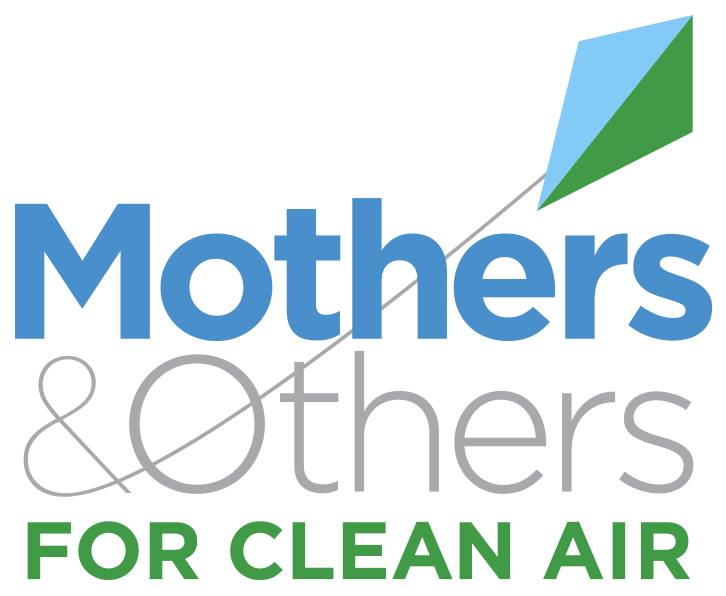
As we push for solutions like energy efficiency to lower electric bills, reduce air pollution, and address climate change, we also must ensure people are not being sealed into environments with toxic indoor air. Air pollution isn’t just about cars or smokestacks—what you buy or how your home is built can lead to indoor air pollution.
According to the Environmental Protection Agency (EPA), people spend about 90 percent of their time indoors, and some types of pollution are commonly 2-5 times higher inside people’s homes than they are outdoors. Many people are unaware that nonstick pans can release chemicals that cause cancer in most animals or that air fresheners usually don’t list 90% of the chemicals they use!
This toolkit is designed to help you clean up the air inside your home. Mothers & Others for Clean Air, in partnership with Wellness Within Your Walls, designed this toolkit with easy to use sections to help you clean up your home or to use when making your next shopping list. In each section you will learn:
- Important pollutants
- Potential health problems in children and adults
- What to avoid
- What to buy
- Terms to look for
- Specific guidelines
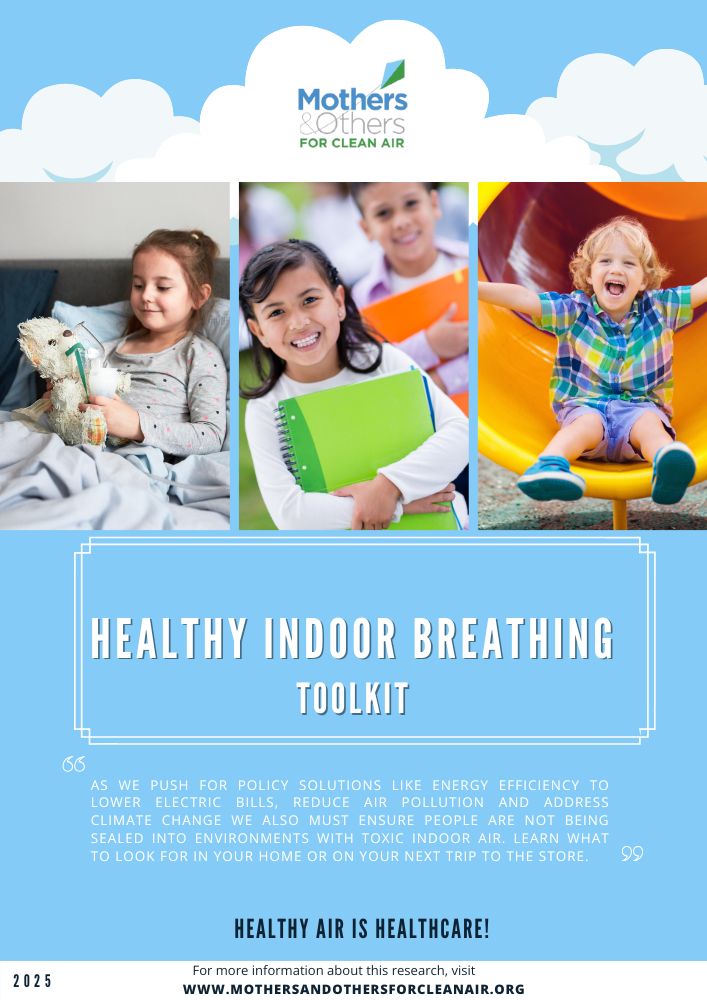
Print version is a large download & may take a few minutes.
Common Sources of Indoor Air Pollution
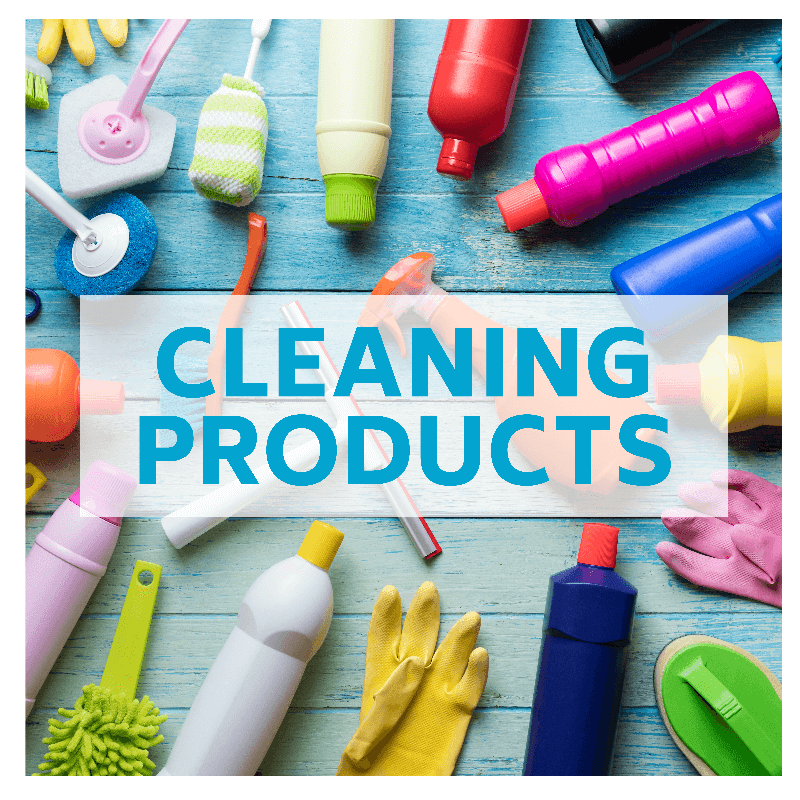
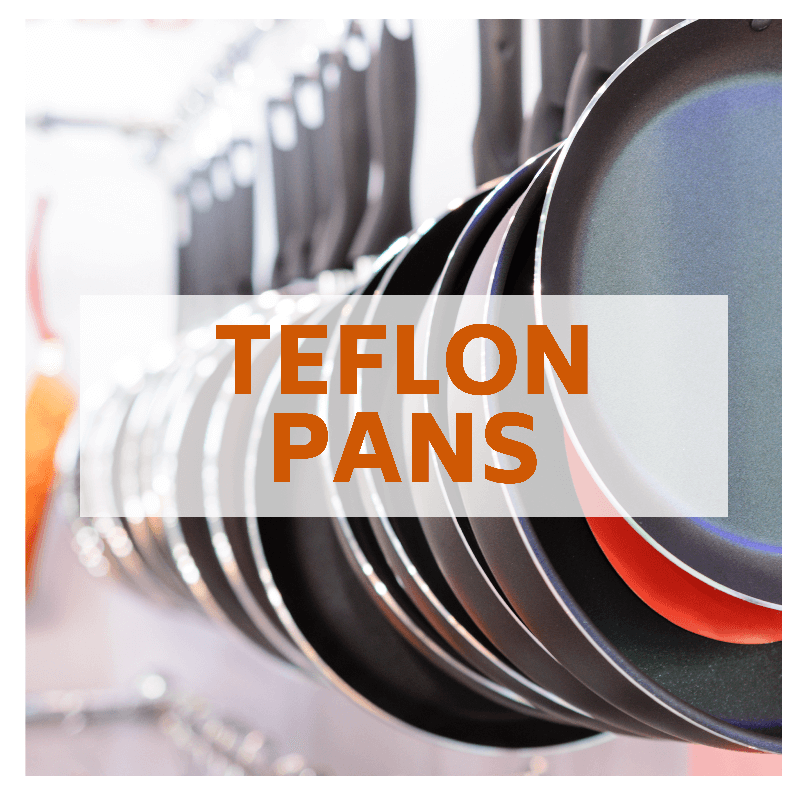
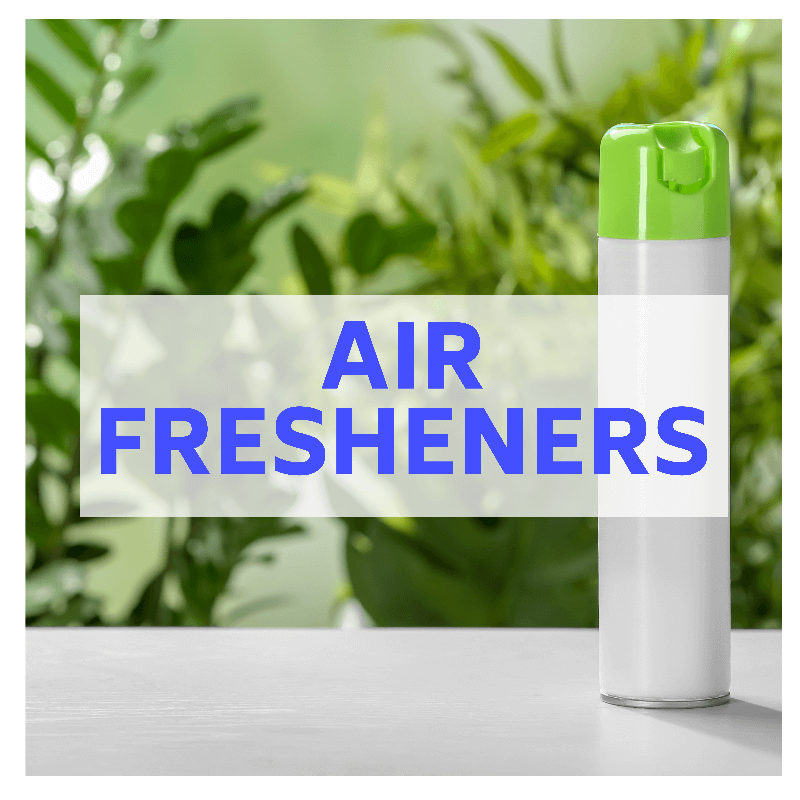



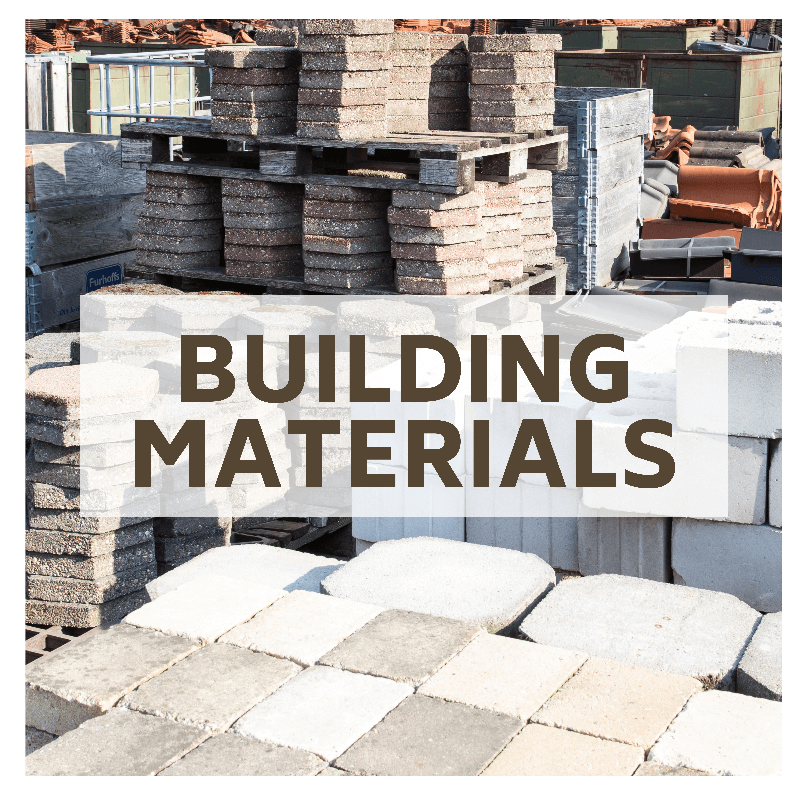


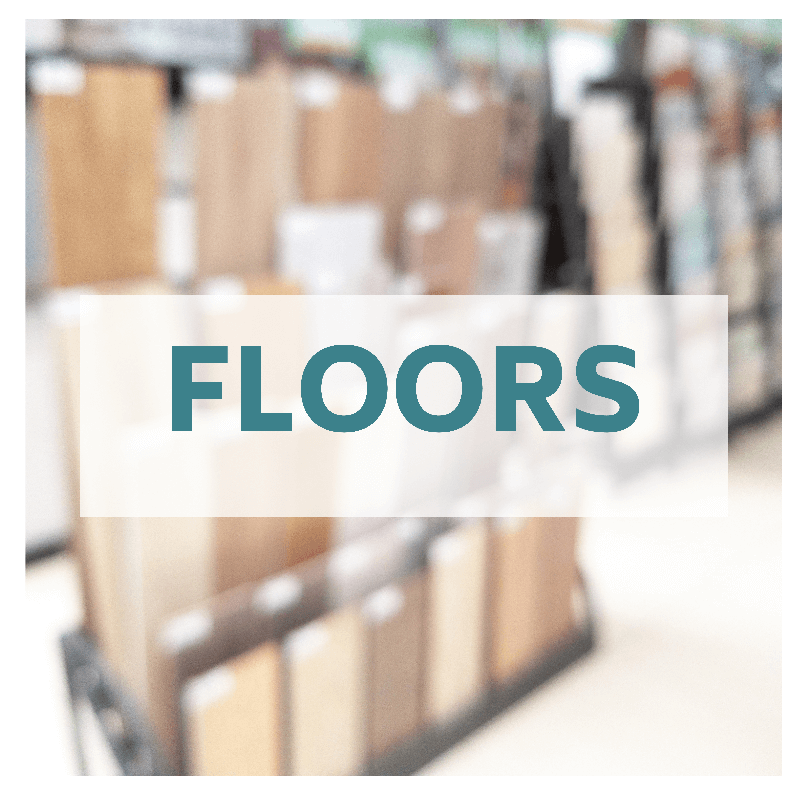
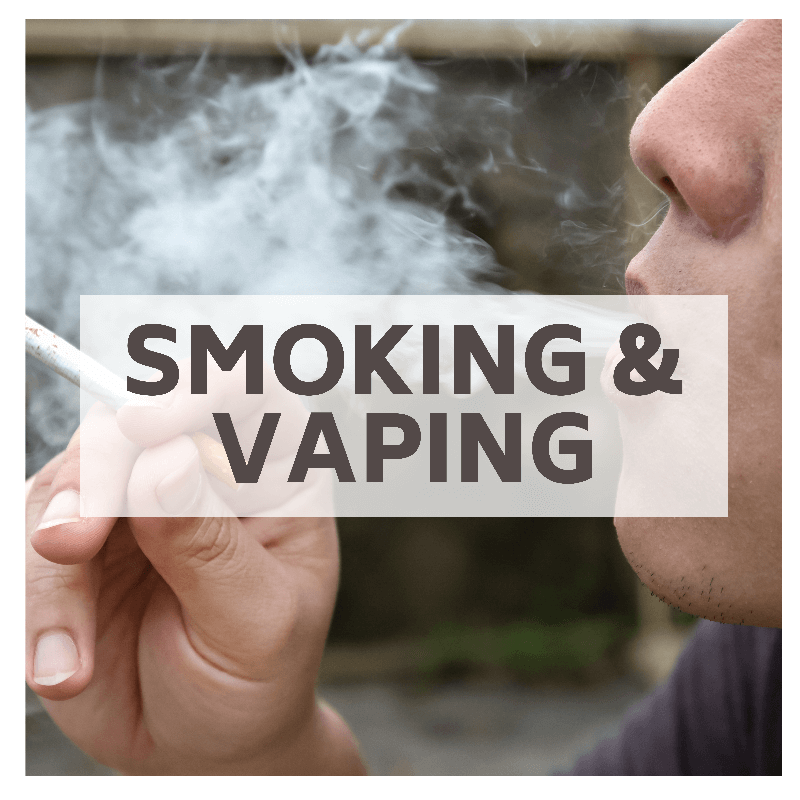
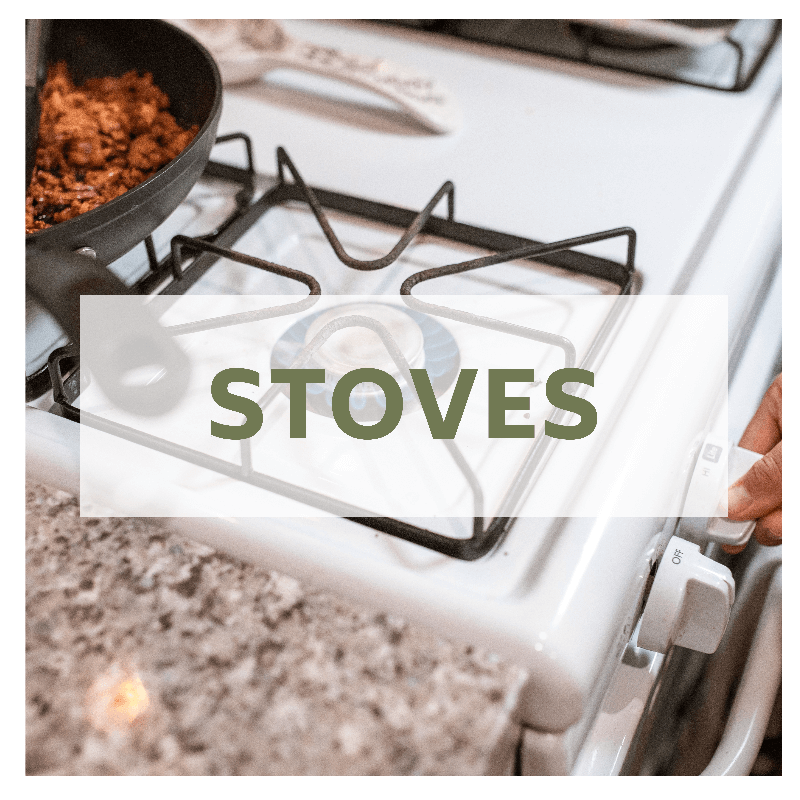
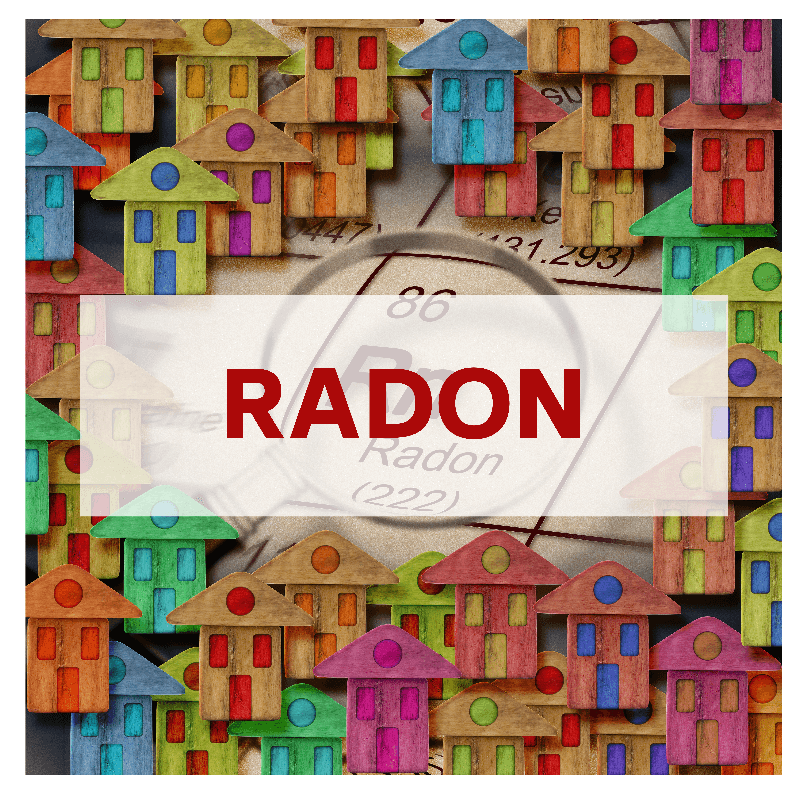
Common Pollutants and General Health Effects
| Affects hormones | Builds in blood stream | Cancer | Cognitive effects | Developmental problems | Env. persistent | Heart disease | Irritant | Lung disease | Nausea | Poisonous | |
|---|---|---|---|---|---|---|---|---|---|---|---|
| Asbestos | • | • | |||||||||
| Carbon monoxide | • | • | • | ||||||||
| Flame retardants (PFC, PBDE) | • | • | • | • | |||||||
| Formaldehyde and acetaldehyde | • | • | |||||||||
| Lead | • | • | |||||||||
| Nitrogen Dioxide | • | • | • | ||||||||
| Particulates | • | • | |||||||||
| PFAs, PFOAs | • | • | • | • | |||||||
| Phthalates | • | • | |||||||||
| PVC/dioxin | • | • | |||||||||
| VOCs | • |
Further Reading & Resources
-
- PurpleAir – Real-Time Air Pollution Map
-
- EPA report on PurpleAir accuracy, read alongside the above link
-
- PurpleAir – Real-Time Air Pollution Map
